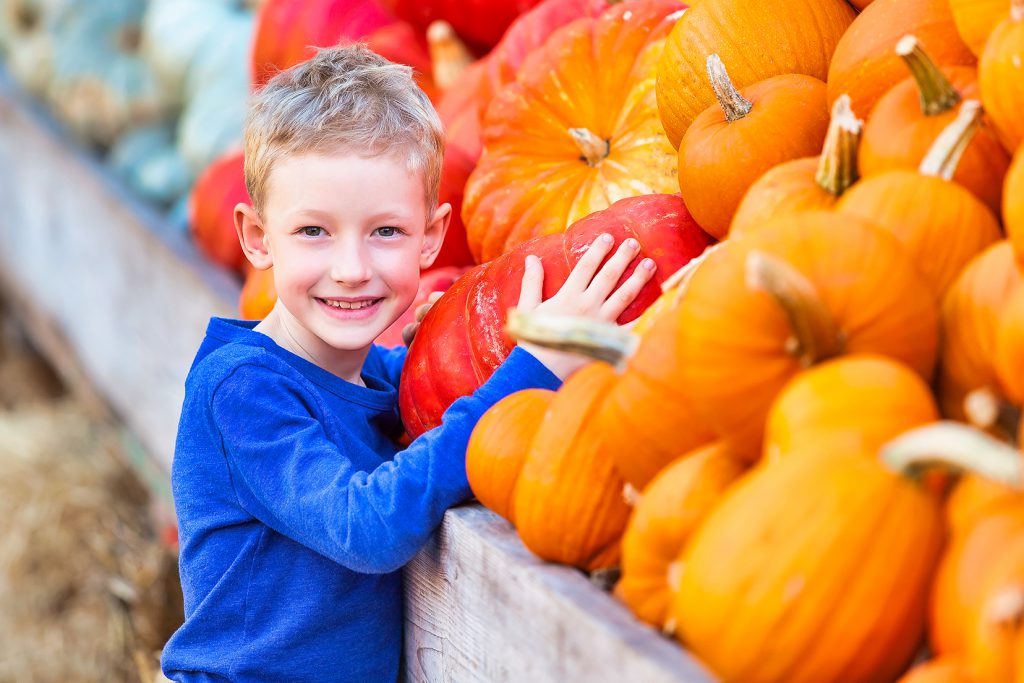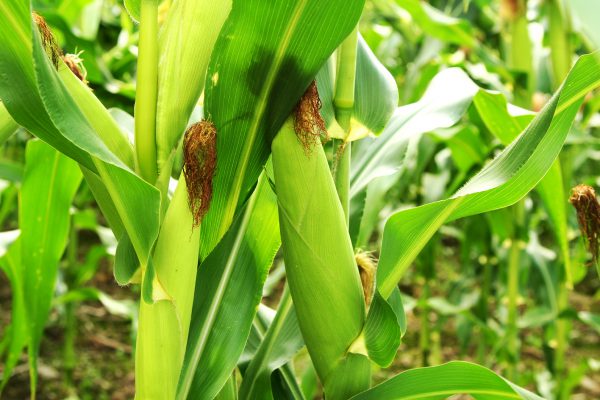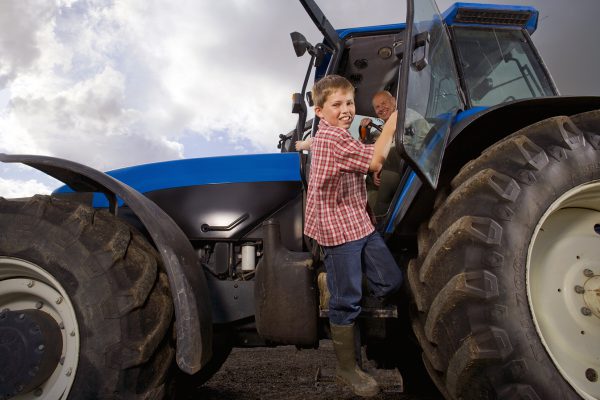Safety reminders for avoiding harvest-related accidents
The bountiful harvest season can be a super exciting but hectic time that tends to involve the whole family, including the kids.
Make sure that everyone stays safe by downloading and reviewing the Canada FarmSafe manual here.
Review the sections on accident prevention and how to develop an emergency plan in the event of an accident.

Keep the little ones safe
Children are particularly at risk during the harvest season, especially from machinery rollovers and run-overs, so be super vigilant when you’re operating tractors and other farm equipment—and make sure there’s always someone keeping an eye on the kids. The accident rate has been going down, but tragically, they still happen. Read more here.
Create an Emergency Preparedness Plan

Here are the basic components of an Emergency Preparedness Plan from the Canada FarmSafe manual:
List possible emergency situations: Identify any emergencies that could occur, such as a chemical spill, machinery or livestock injury, someone collapsed in a confined space, bad weather, fire, explosion, etc.
- Plan for action: Write out a plan for each potential incident, clearly noting the role of each person. Because injured workers won’t be able to do their part, make sure everyone knows what the process is and that they can step in to take over any of several roles in the plan. For example: Make sure everyone knows how to shut off machinery and how to drive a vehicle. Make sure everyone knows the address or location of the farm and the best access routes. Plan possible ways to evacuate a person who may be difficult to reach, for instance in muddy fields, a bio-security area, a chemically contaminated area or a pen with aggressive livestock.
- Identify resources: List everything needed to deal with possible emergencies in all areas of the farm, for instance the location of fire extinguishers and neutralizers for chemical spills. Have adequate first aid supplies and restock them periodically in all work locations and field vehicles. Provide a foolproof way to call for emergency help. Have more than one worker trained in basic first aid and CPR, and make sure others know who has the training.

- Create a communication system: When people are working alone or in isolated spots, two-way radios or cell phones are a good idea. Check in with each other regularly or go and physically check the work site out at regular intervals throughout the day. Create a working alone plan and follow it.
Wishing you a safe and healthy harvest!
